Health Canada Food and Drug Regulations Law Firm
The Food and Drugs Act (FDA) is a federal legislation that is the primary source of authority for regulating food, drugs, and other consumer products in Canada. It is administered by Health Canada, a federal government department responsible for promoting and protecting the health of Canadians. The FDA plays a critical role in ensuring that the products that Canadians consume are safe, effective, and of high quality.
The FDA was first enacted in 1920, with the main purpose of regulating food and drug safety in Canada. It has been amended several times over the years to keep up with changes in the industry and to address emerging issues. The most significant amendments to the FDA were made in 1997, when the Act was modernized to reflect the changing landscape of the food and drug industry, as well as to align with international standards.
One of the key provisions of the FDA is the requirement for pre-market authorization of drugs. This means that all drugs must be approved by Health Canada before they can be sold in Canada. The approval process involves a thorough review of the safety, efficacy, and quality of the drug, as well as its proposed labelling and packaging. This ensures that only drugs that meet the required standards are allowed on the market.
The FDA also contains provisions that regulate the advertising and promotion of drugs in Canada. These provisions aim to ensure that information about drugs is presented in an accurate and balanced manner, and that the benefits and risks of using a particular drug are clearly communicated to consumers. The FDA also prohibits the promotion of drugs for unapproved uses, known as “off-label” promotion.
In addition to regulating drugs, the FDA also has provisions that apply to the safety and quality of food sold in Canada. These provisions include requirements for food labelling, food additives, and food recalls. The FDA requires that food labels provide accurate and clear information about the ingredients and nutritional content of the food, as well as any potential allergens. The Act also sets out limits on the use of food additives, which are substances that are added to food to preserve or enhance its flavor, appearance, or other qualities. Food recalls can be initiated by Health Canada if a product poses a risk to public health or if it does not meet the standards set out in the FDA.
The FDA also regulates the safety and effectiveness of other consumer products, such as medical devices, cosmetics, and natural health products. These provisions aim to ensure that these products are safe and effective for their intended use, and that they are properly labeled and packaged.
Enforcement of the FDA is carried out by Health Canada and the Canadian Food Inspection Agency (CFIA), which have the authority to conduct inspections, issue warnings, and take enforcement actions, including seizure and prosecution, against companies or individuals who violate the Act.
In conclusion, the Food and Drugs Act is an important piece of legislation that plays a crucial role in protecting the health and safety of Canadians by regulating the food, drugs, and other consumer products that they consume. It sets out strict standards for the safety, efficacy, and quality of these products, and provides for enforcement measures to ensure compliance with these standards.
If you are thinking of launching a food or drug product in Canada, you need a law firm by your side that understands the nuances in Canada’s food and drugs laws. At Harrison Jordan Law, we’re here to help.

Food and Drugs Act Lawyers
The Food and Drugs Act is the main legislative authority regulating the production and sale of food and drugs in Canada. Anyone producing food or drug products in Canada should be intimately aware of the nuances of the Act.
Here are just some of the provisions that are part of the Food and Drugs Act that you must follow.
The Act regulates, Food, Drugs, Cosmetics, and Medical Devices (“regulated items”). The first rule you need to know that applies to all regulated items is that generally, they cannot be advertised the general public as a treatment, preventative or cure for any of the diseases, disorders or abnormal physical states listed in Schedule A.1 to the Act.
Food
The Food section of the Food and Drugs Act prohibits the sale of food that:
- (a) has in or on it any poisonous or harmful substance;
- (b) is unfit for human consumption;
- (c) consists in whole or in part of any filthy, putrid, disgusting, rotten, decomposed or diseased animal or vegetable substance;
- (d) is adulterated; or
- (e) was manufactured, prepared, preserved, packaged or stored under unsanitary conditions.
As well, no person shall label, package, treat, process, sell or advertise any food in a manner that is false, misleading or deceptive or is likely to create an erroneous impression regarding its character, value, quantity, composition, merit or safety.
Canada’s Drugs Laws
Drugs can’t be sold if they were manufactured, prepared, preserved, package or stored under unsanitary conditions or is adulterated. As well, you can’t label, package, treat, process, sell or advertise any drug in a manner that is false, misleading or deceptive or is likely to create an erroneous impression regarding its character, value, quantity, composition, merit or safety.
As well, the Food and Drugs Act prohibits drugs in Schedule F from being sold (there are currently no drugs listed in Schedule F).
Cosmetics Lawyer
You cannot sell any cosmetic that has in or on it any substance that may cause injury to the health of the user when the cosmetic is used according to the directions on the label or accompanying the cosmetic or for such purposes and by such methods of use as are customary or usual for it. Cosmetics cannot be sold if they consist in whole or in part of any filthy or decomposed substance or of any foreign matter, and similar to food and drugs, cosmetics can’t be sold if they were manufactured, prepared, preserved, packaged or stored under unsanitary conditions
Medical Devices Lawyer in Canada
You cannot sell any device that, when used according to directions or under such conditions as are customary or usual, may cause injury to the health of a purchaser or user of it. As well, you cannot label, package, treat, process, sell or advertise any device in a manner that is false, misleading or deceptive or is likely to create an erroneous impression regarding its design, construction, performance, intended use, quantity, character, value, composition, merit or safety.
The Food and Drugs Act also contains provisions that generally prohibit all above-mentioned regulated items from being labelled or packaged in a way that contravenes the regulations to the Act.
Administration and Enforcement, Including Inspection, Seizure and Forfeiture
The Food and Drugs Act’s Part II deals with administration and enforcement related to regulated items. Health Canada uses these provisions to ensure they re adequately monitoring compliance with the Food and Drugs Act. Inspectors can be designated for the purpose of enforcing the Act and its regulations, and those inspectors have a wide range of powers, including being able to order a person to provide any “document, information or sample specified.” The inspectors also have the power to enter into any place they have reasonable grounds to believe
The Food and Drugs Act’s Part II deals with administration and enforcement related to regulated items. Health Canada uses these provisions to ensure they re adequately monitoring compliance with the Food and Drugs Act. Inspectors can be designated for the purpose of enforcing the Act and its regulations, and those inspectors have a wide range of powers, including being able to order a person to provide any “document, information or sample specified.” The inspectors also have the power to enter into any place they have reasonable grounds to believe
The Food and Drugs Act’s Part II deals with administration and enforcement related to regulated items. Health Canada uses these provisions to ensure they re adequately monitoring compliance with the Food and Drugs Act. Inspectors can be designated for the purpose of enforcing the Act and its regulations, and those inspectors have a wide range of powers, including being able to order a person to provide any “document, information or sample specified.” The inspectors also have the power to enter into any place they have reasonable grounds to believe an activity that may be regulated under this Act is being conducted, any article to which this Act or the regulations apply is located, or an activity could be conducted under an authorization, including a licence, for which an application is under consideration by the Minister.
Food and Beverage Regulations Lawyer
The Food and Drug Regulations is the main set of regulations under the Food and Drug Act. The regulations outline further rules/provisions that you must abide by if you are developing, testing or selling food or drugs in Canada. The Regulations outline the particular ways in which food and drugs must be labelled, packaged and advertised or prohibitions applying to them.
It is interesting to note that while Part G (for controlled drugs) and Part J (for restricted drugs) are located in the Food and Drug Regulations, they take authority from, and provide exceptions to, the Controlled Drugs and Substances Act. Part G and J contain psychoactive or intoxicating drugs that have a potential for misuse and abuse.


Harrison Jordan is a lawyer assisting businesses on matters related to Health Canada, the Food and Drugs Act, the Food and Drug Regulations, and the Controlled Drugs and Substances Act. Harrison Jordan has experience dealing with Health Canada and can help guide you to an amicable resolution. Call his office at +1 647 371 0032 or email him today via the contact form on this website.



